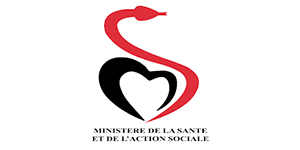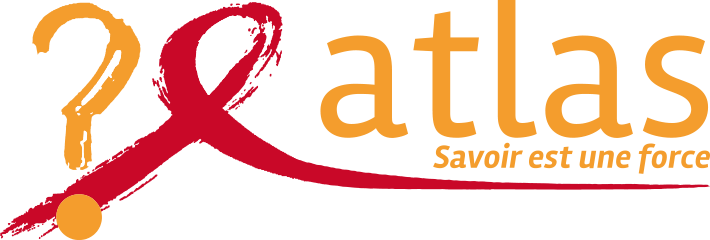Senegal
Additional tools for using the HIV self-test
Download the complementary brochure for the use of the HIV self-test
Epidemiological context
Senegal has, since the beginning of the epidemic, adopted an appropriate response to limit its spread. The prevalence rate in the country has always been low among the general population, and the proportion of people accessing treatment is constantly increasing. To achieve the goal of eliminating HIV/AIDS by 2030, vulnerable populations, including those who have never been tested, must have access to their status, because today, more than a quarter of the population is still unaware of their HIV status.
Pays
Senegal
HIV prevalence
0,4%
First 90
71 %
Second 90
98 %
Third 90
81 %
Source : AidSInfo, UNAIDS, 2019
Who is the project for ?
- Key hard-to-reach populations and their partners :
- men who have sex with men (MSM)
- sex workers (SWs), including occasional sex workers, and their partners and clients
- drug users (DU)
- Partners of people living with HIV (PLWHA)
- Patients with sexually transmitted infections (STIs) and their partners
How will HIV self-tests be distributed ?
Based on the expertise of the community-based organizations and public health centres involved in the ATLAS project, the self-tests will be distributed to key populations through the following channels:
- Community-based distribution to MSM and SW
- STI consultation and treatment sites
- Distribution to drug users via CEPIAD
- Sites for the care of PLWHA
Nearly 60,000 HIV self-tests will be distributed in the regions of :e :
- Dakar (1)
- Thies (2)
- Ziguinchor (3)

Partners
The project is implemented with Ministry of Health and Social Action

And also in collaboration with :
- The National AIDS Control Programme, the Division of the Fight against AIDS and Sexually Transmitted Infections, the National Supply Pharmacy
- And Cepiad, CTA and Enda
